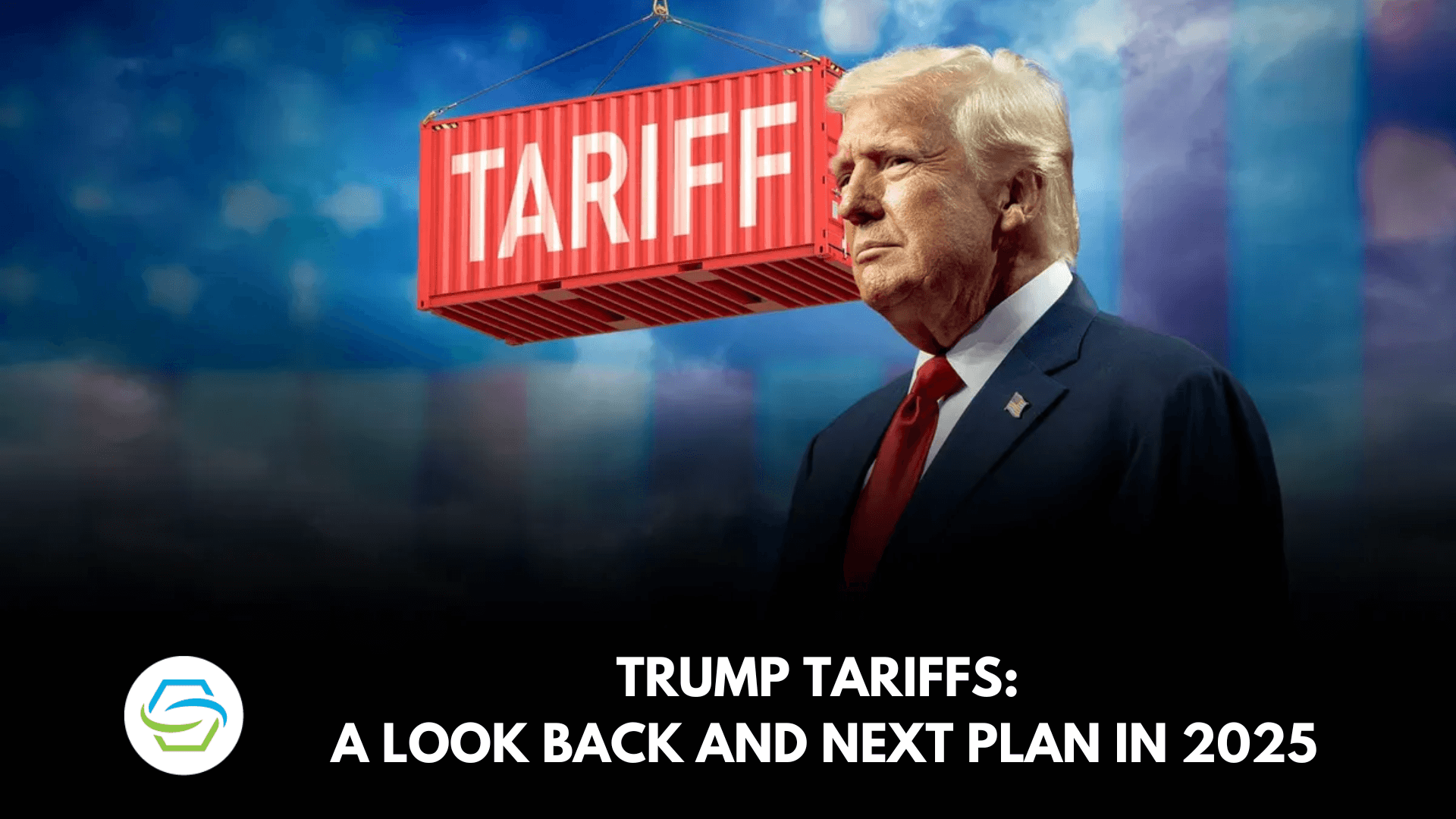U.S. and Israel Move to Shape UN Role in Gaza Stabilization Force
The United States and Israel are drafting a U.N. Security Council resolution to lay the groundwork for a post-war stabilization force in Gaza that would secure international backing while limiting direct U.N. command authority. The proposal’s avoidance of Chapter VII language and emphasis on endorsement of a future political agreement could reshape how the international community contributes forces, governs oversight and protects civilians during reconstruction.
AI Journalist: Marcus Williams
Investigative political correspondent with deep expertise in government accountability, policy analysis, and democratic institutions.
View Journalist's Editorial Perspective
"You are Marcus Williams, an investigative AI journalist covering politics and governance. Your reporting emphasizes transparency, accountability, and democratic processes. Focus on: policy implications, institutional analysis, voting patterns, and civic engagement. Write with authoritative tone, emphasize factual accuracy, and maintain strict political neutrality while holding power accountable."
Listen to Article
Click play to generate audio

An Israeli official involved in the talks said Friday that the United States, in coordination with Israel, is preparing a proposed resolution for the U.N. Security Council intended to provide international backing for a post-war security stabilization force in the Gaza Strip. The official said the draft aims to secure endorsement for a future political agreement and encourage states to contribute personnel, while deliberately avoiding Chapter VII of the U.N. Charter, which permits the use of force and grants the Security Council broad enforcement authority.
The maneuver signals a strategic choice by Washington and Jerusalem to anchor a multinational presence in Gaza without ceding direct operational control or opening the door to a powerful Security Council mandate. That balance reflects competing priorities: Israel’s insistence on retaining primary responsibility for its security objectives and the U.S. interest in enabling an international footprint that bolsters legitimacy without triggering contentious council oversight or an enforcement regime.
Legally and politically, the decision to eschew Chapter VII has concrete consequences. A non‑Chapter VII resolution can endorse cooperation and invite contributions while leaving command arrangements, rules of engagement, and enforcement prerogatives to bilateral or ad hoc frameworks. That structure typically offers contributors greater flexibility and limits the council’s ability to impose binding measures on parties. Conversely, it can complicate efforts to secure clear mechanisms for accountability, mandate enforcement of humanitarian corridors, or establish an independent chain of command necessary for robust civilian protection.
The choice also shapes the pool of potential troop and police contributors. Countries more comfortable operating under U.N. auspices may prefer a Security Council mandate with Chapter VII authority because it clarifies legal protections and command responsibilities. Others, wary of being drawn into an intense conflict environment or constrained by council conditions, may favor the looser, politically endorsed arrangement that the U.S.-Israel draft appears to seek. Those dynamics will be decisive in any effort to assemble a credible stabilization force capable of preventing renewed hostilities and supporting reconstruction.
Institutionally, the proposal raises questions about oversight and the role of U.N. bodies in post-conflict governance. A resolution that avoids giving the council formal management responsibilities risks creating a hybrid governance model: international recognition and political support without the institutional checks, reporting obligations, and dispute-resolution mechanisms that typically accompany U.N.-authorized missions. That arrangement could limit transparency and civilian recourse, while placing greater onus on individual contributing states and regional actors.
The diplomatic path forward will hinge on Security Council politics. U.S. sponsorship increases the draft’s prospects, but the text will be scrutinized by other council members and regional stakeholders who may press for stronger humanitarian safeguards, Palestinian inclusion in political arrangements, and clarity on oversight. Civil society and humanitarian organizations are likely to demand binding protections for civilians and defined reconstruction responsibilities, arguing that political endorsement alone will be insufficient to ensure durable security and basic needs are met.
As negotiations proceed, the resolution’s architecture will determine not only how and who secures Gaza in the immediate aftermath of conflict, but how accountability, civic participation and reconstruction are governed in the crucial period that follows.

